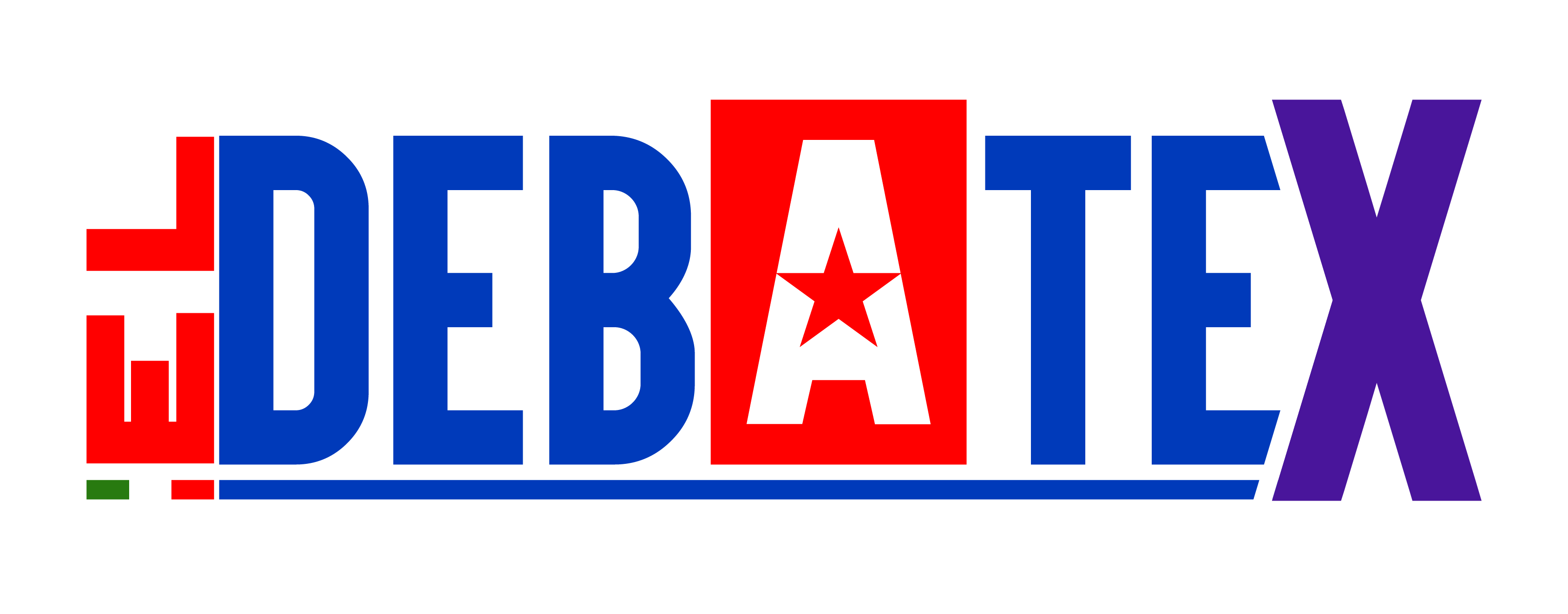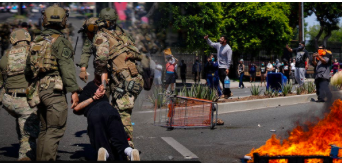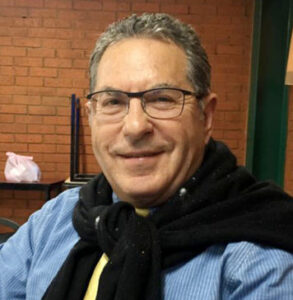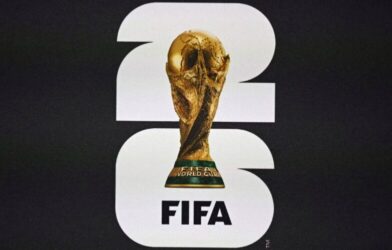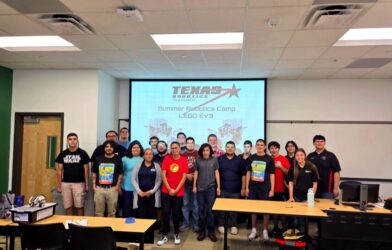IN SUMMARY
By Alfredo Cuéllar
“When power imposes itself over rights,
citizens respond with dignity.
And when fear becomes state doctrine,
resistance becomes a public virtue.”
- Just Another Friday… Until They Arrived
Friday, June 6, 2025, began as just another cloudy day in Southern California. But before noon, three neuralgic points in the immigrant fabric of Los Angeles—the Fashion District, a Home Depot store in Paramount, and a usual corner for day laborers—turned into scenes of federal operations. ICE, with agents dressed in black and paramilitary-style tactics, detained 44 people. Among them, renowned labor leader David Huerta.Images spread like lightning: workers handcuffed among fabric rolls, shouts in Spanglish, drones flying over rooftops, and mothers with children in their arms asking for answers no one gave.
Spontaneous Protests: Indignation as Reflex
Hours later, the reaction exploded. Thousands of people, summoned via social media, unions, churches, and universities, occupied the heart of the city. First in front of the Roybal Federal Building; then in Paramount, where arrests continued.By nightfall, anger found its outlet: chants, signs, but also clashes. The LAPD declared it an illegal assembly, paving the way for a crackdown. Tear gas, rubber bullets, and flash grenades marked the confrontation. Peaceful protests turned chaotic due to disproportionate repression. In the end: 58 arrested, 26 injured, and a city on edge.
III. Micropolitics of Repression: Trump vs. California
The federal response was swift. President Trump, speaking from Mar-a-Lago, invoked Title 10 to deploy 2,000 National Guard troops to Los Angeles. The move, which Governor Gavin Newsom called “intentionally incendiary,” ignited a new crisis between federal power and state authorities.From the White House, Stephen Miller accused protesters of “insurrection” and promised to prosecute officials obstructing ICE actions.
Los Angeles Mayor Karen Bass was blunt: “We will not cooperate with raids that dehumanize our people. This is state terrorism disguised as immigration policy.”
IV. Anatomy of Fear: What Doesn’t Make the Headlines
What followed was a city divided in two: the visible—with tanks, uniforms, helicopters—and the invisible—with closed doors, empty streets, and fear. Schools reported massive absences. Churches opened their basements as shelters. Community centers were overwhelmed by legal aid requests.Businesses closed in protest. Boycotts, symbolic strikes, and solidarity chains were forming. There was, however, a conspicuous absence: the silence of some national media outlets, treating the events as just “another protest” in the country’s immigration disorder.
V. Behind the Appearances
This apparent chaos is not a miscalculation—it’s part of a deliberate strategy. Donald Trump has understood since his first campaign that the perception of social disorder allows him to justify authoritarian measures, mobilize his most radical base, and discredit state and local governments, especially in Democrat-led states like California. The militarization of civil space, including the deployment of the National Guard, serves to stage that he—and only he—has the character to “restore order.” Moreover, the city of Los Angeles has one of the largest populations of undocumented workers in the country, many holding essential jobs in construction, commerce, domestic service, and the food industry. Attacking this population with Nazi-style raids and persecutions not only violates human rights, it dismantles key pieces of the local economy, affecting supply chains, prices, and employment. But Trump is not pursuing economic efficiency: he aims to provoke fear, provoke a reaction, and then present himself as the only solution to the disaster he helped create.VI. The Laboratory of Micropolitics: Symbolic Power, Tactical Resistance
From the micropolitical perspective, this episode reveals four structural tensions:1. Federal power as a tool of exemplary punishment.
2. State response as sovereign affirmation.
3. Citizenship as a strategic actor.
4. Competing narratives.VII. The Immediate Future: What Now?
In the short term, increased litigation is expected: injunctions, class-action lawsuits, appeals to the Supreme Court, and international complaints.
In the medium term, the episode will become a case study for universities, NGOs, and human rights groups.
And in the long term, it could mark a turning point redefining the role of sanctuary cities, the states’ stance against federal power, and the moral legitimacy of executive actions in times of hyper-politicization.VIII. Conclusion: When the Invisible Become Visible
The case of Los Angeles is not an isolated episode. It is part of a national strategy of confrontation. But it is also the symptom of something deeper: the awakening of a citizenry that, far from hiding, chooses dignity over fear.Every decision Trump makes carries a risk that is not entirely calculated, and in his eagerness to control chaos, he may end up being consumed by it.
And when that happens, neither the National Guard nor speeches about law and order can stop the inevitable: a history written by those who once had no voice.
Dr. Alfredo Cuéllar is a retired university professor, considered the Father of Micropolitics, and a lecturer and writer on politics, education, sociology, and migration.
Comments and questions: alfredocuellar@me.com



